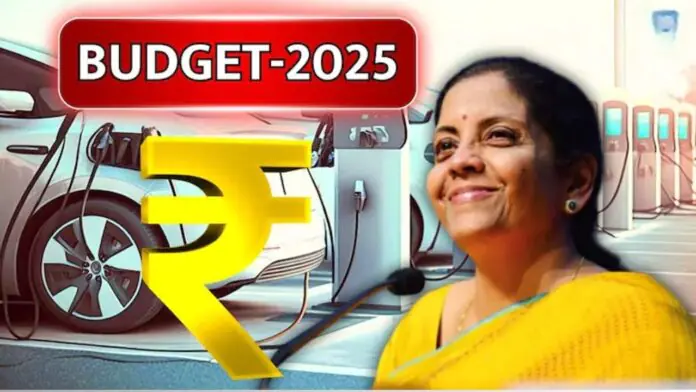As Nirmala Sitharaman, India’s Finance Minister, gets ready to deliver the Union Budget on February 1, all eyes are on her considering the significance this budget holds. This fiscal plan prepared after the Lok Sabha elections will serve as a political document while also being a financial one. The fanatic supporters from the Bharatiya Janata Party (BJP) will need to keep their coalition partners from the Telugu Desam Party TDP in Andhra Pradesh and the Janata Dal United in Bihar happy which is a challenge for Sitharaman.
A Budget of Firsts
This turn of events is indeed highly extraordinary compared to the previous two years while Modi was the PM when the BJP had control of the nation on their own. The expenditure budget for Mishra’s vision lies between appeasing partners and exercising self-control. This 2025 to 2026 budget is anything but a starting point, as all bets are ahead from this point onwards in terms of Indian Government’s vision over the next 4 years.
Coalition Pressures and Regional Demands
The TDP and JD(U) have already made their expectations clear. Bihar, which is anticipating elections in the near future, has requested ₹13,000 crore for flood control, airport modernization, and construction of new Kendriya Vidyalayas. Another important helpmate, Andhra Pradesh, is advocating for more funding for river-linking projects. There is already a figure of ₹15,000 crore for Andhra Pradesh in the July 2024 budget, but this time there may not be additional relief.
Concentration on the “Four Castes”
The budget will most likely address the “four major castes” that are Garib (Poor), Mahilayen (Women), Yuva (Youth), and Annadata (Farmer). Formation of employment, skilling activities, and aid for MSME’s will probably come to the forefront. The government’s ₹2 lakh crore package meant for job creation announced in the previous budget is likely to be known for much more, especially in ELI, and many other special schemes.
Fiscal Deficit: The Balancing Act
How the fiscal deficit will be dealt with will be one of the more finer points of concern. In the year 2024-25, the deficit was presumed to be roughly estimated to be ₹16.13 trillion which is about 4.9% of the GDP. However, due to the budgeted amount of lower capital spending, the fiscal gap for the first eight months of the fiscal year was 52% of the budgeted amount.
Sitharaman aims to reduce the deficit to 4.5% of GDP in 2025-26, however, she faces an uphill task.
Government expenditure will remain the primary driver to grow the economy, and private investment remains weak. Moreover, there are other factors such as possible tariff wars under US president Donald Trump that increase the uncertainty. Furthermore, pay increase for central government employees and consequent expenses by state governments can lead to further retirement of the budget.
The Investment And Capital Expenditures Growth Engine
Expenditure on infrastructure development will mostly focus on the improvement and construction of roads, railways, and renewable energy facilities. The capital expenditure in 2024/2025 will be at least 10 percent higher than in 2023/2024 and is projected to reach 11-11.5 lakh crore. The government spending on these key sectors is in line with their vision of a “Viksit Bharat” developed economy vision. The Nations focus and investment on job development and bolstering the economy helps build the country into a more fortified economic structure.
Income Tax Reforms and Subsidies
Introducing changes to the food security act so as to improve and not compromise support for farmers and consumers will be a larger part of the budget as the purpose is to benefit as many people as possible without putting anyone at a disadvantage. Furthermore, changes to the income tax act of 1961 adding deductions under section 80C and 80D alongside relaxation of GST rates would also be expected.
The Road Ahead
As India stumbles through a tough global economic setting, the 2025-26 budget will prove to be a decisive moment for the Modi government in terms of economic growth and fiscal responsibility. With coalition politics, regional problems, and the need to curb unemployment and inflation, Sitharaman’s budget will set the pace of growth for India in the years ahead.
A Bank of Baroda report puts it succinctly, “The Union Budget will achieve fiscal consolidation without neglecting the measures needed to promote growth.” The question remains, did she manage to keep all the stakeholders satisfied? Waiting on February 1 will give us an answer to this question.


